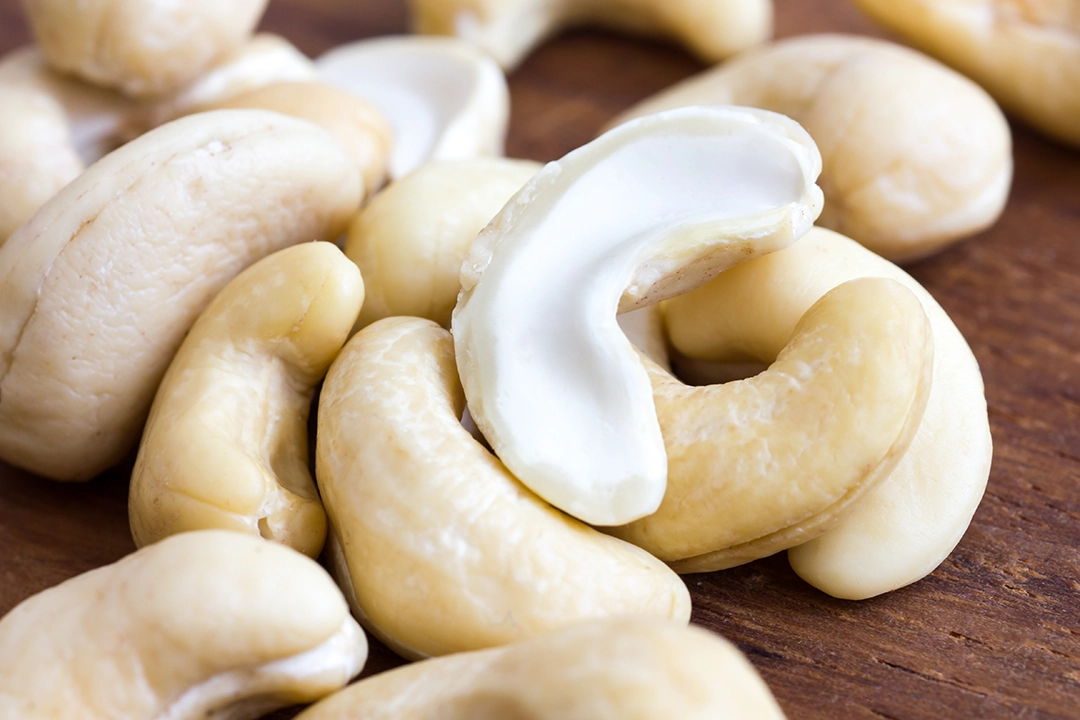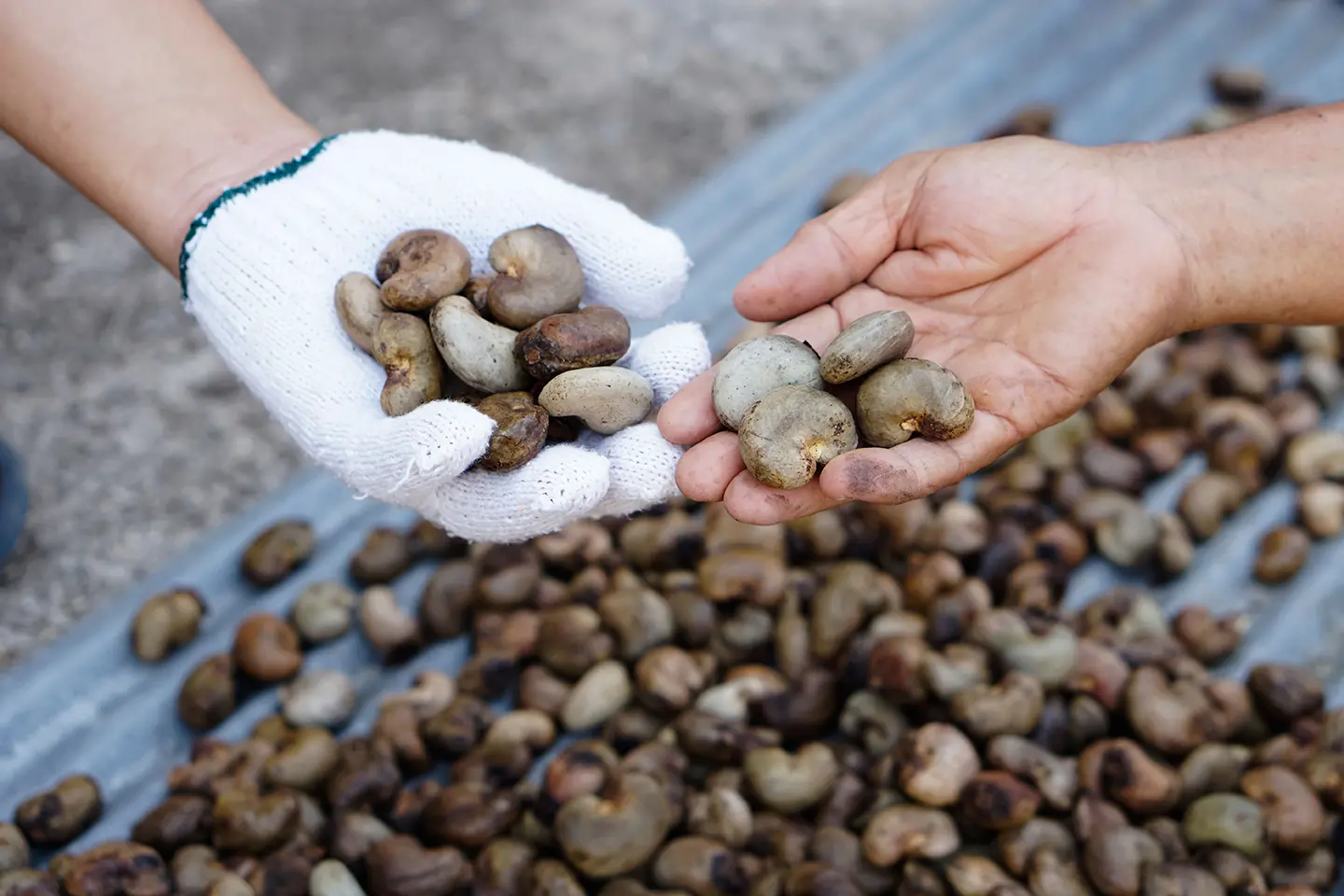Cashew nuts are a delicious and versatile ingredient that can be enhanced by blanching. Blanching is a process that removes the skin and softens the texture of cashew nuts, making them more suitable for various dishes and snacks. In this article, you will learn everything you need to know about cashew nut blanching, including what it is, why you should try it, and how to do it like a pro. If you love cashews, this article is for you!
Cashew nut blanching is the process of briefly immersing raw cashew nuts in boiling water, followed by rapid cooling, and then removing their outer shell. This method helps improve the nut’s texture, flavor, and versatility.

Benefits of Blanching Cashew Nuts
Blanching cashews offers several advantages:
- Enhanced Creaminess: Blanching softens the cashew’s outer layer, making them creamier when blended into various recipes.
- Mild Flavor: It reduces the nut’s natural bitterness, giving you a milder and more pleasant taste.
- Versatility: Blanched cashews can be used in both sweet and savory dishes, making them a kitchen staple.
The Blanching Process Step by Step
Step 1: Sorting and Cleaning
Begin by selecting high-quality raw cashews. Discard any discolored or damaged nuts. Rinse them thoroughly to remove dirt and debris.
Step 2: Boiling
Boil water in a pot and add the cashews. Allow them to boil for about 2-3 minutes. This helps soften the outer shell.
Step 3: Cooling
Transfer the boiled cashews immediately into a bowl of ice water. This rapid cooling halts the cooking process and prevents the nuts from becoming overcooked.
Step 4: Removing the Skin
Gently rub the cashews between your fingers, and the outer skin will easily peel away. You’re left with creamy, blanched cashews ready for your culinary creations!
Blanching vs. Roasting Cashew Nuts
Blanching and roasting are two popular methods for preparing cashews. While roasting brings out a unique flavor, blanching offers a different set of benefits. It ultimately depends on your recipe and preference.
Which Cashews are Suitable for Blanching?
You can blanch most types of cashews, but it’s particularly useful for raw, unsalted ones. This process allows you to control the flavor and texture more effectively.

Tips for Perfectly Blanching Cashews
Blanching cashews is a straightforward process, but a few tips can make all the difference.
Blanching Time and Temperature
Keep the boiling time short—2 to 3 minutes is sufficient. Overcooking can result in mushy cashews.
Preventing Overcooking
Immediate cooling is crucial to prevent overcooking. Ice water stops the cooking process in its tracks.
Maximizing Flavor
Experiment with different blanching times to achieve your desired level of nuttiness and creaminess.
Creative Uses of Blanching Cashew Nuts
Now that you’ve mastered the art of cashew nut blanching, let’s explore some creative ways to use these delicious nuts.
Creamy Cashew Nut Milk
Blanched cashews make incredibly creamy nut milk, perfect for lactose-free and vegan diets.
Cashew Nut Butter
Blend blanched cashews into a smooth and delicious cashew nut butter, ideal for spreading on toast or using as a dip.
Cashew Nut Ice Cream
Add blanched cashews to your homemade ice cream for a delightful crunch and rich flavor.
Cashew Nut Crusted Dishes
Use crushed blanched cashews as a coating for chicken or fish for a unique and crunchy texture.
Conclusion
In conclusion, cashew nut blanching is a simple yet transformative technique that can elevate your culinary creations. Whether you’re making creamy nut milk or adding a delightful crunch to your dishes, blanching cashews is a skill worth mastering. So, put on your chef’s hat and get ready to unlock the full potential of this versatile nut!

